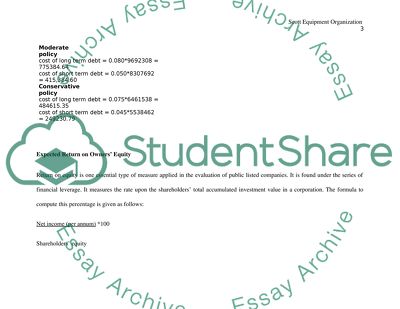Cite this document
(“Business Finance Paper- Scott Equipment Organization Essay”, n.d.)
Retrieved from https://studentshare.org/environmental-studies/1420383-business-finance-paper-scott-equipment
Retrieved from https://studentshare.org/environmental-studies/1420383-business-finance-paper-scott-equipment
(Business Finance Paper- Scott Equipment Organization Essay)
https://studentshare.org/environmental-studies/1420383-business-finance-paper-scott-equipment.
https://studentshare.org/environmental-studies/1420383-business-finance-paper-scott-equipment.
“Business Finance Paper- Scott Equipment Organization Essay”, n.d. https://studentshare.org/environmental-studies/1420383-business-finance-paper-scott-equipment.


